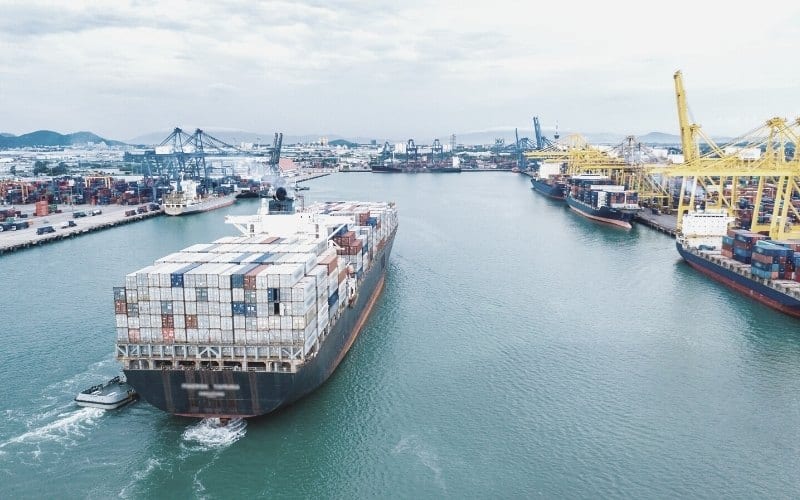

There are many things that are to be kept in mind when a ship leaves a port and prepares for a long voyage at the sea. In this article we will learn about the various jobs that are to be taken care of without fail for a smooth sail at the sea. The article is presented in the form of a checklist so that those interested can take a printout for their personal use.
Presented here is the engine department departure checklist for a ship leaving a port, assuming cold start with boiler and generator in running condition.


Things to do 24 hours notice prior to departure for the first time
Things to do at 6 hours notice period
Things to do at 1 hour notice period
Things to do at 15 minutes notice
Checks made when the engine is running
Checks made when ship is full away
If you have read the checklist for departure, you might also like to read the checklist for arrival of the ship at port.
You may also like to read – Free Sample Checklist : Engine Room Before Departure Checklist










We believe that knowledge is power, and we’re committed to empowering our readers with the information and resources they need to succeed in the merchant navy industry.
Whether you’re looking for advice on career planning, news and analysis, or just want to connect with other aspiring merchant navy applicants, The Marine Learners is the place to be.